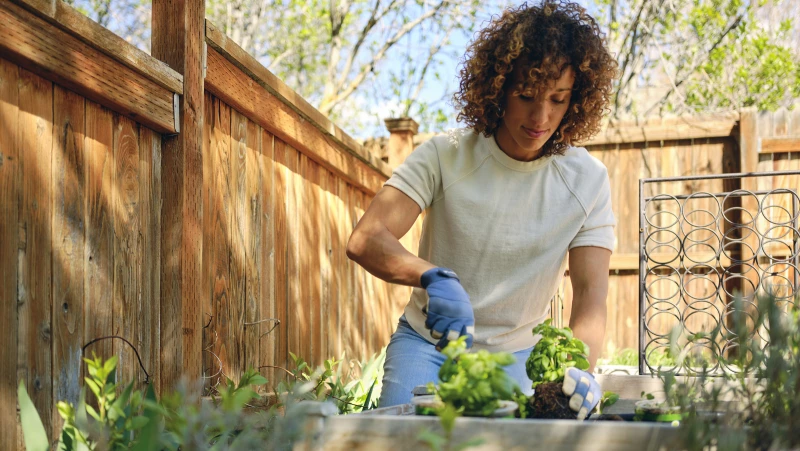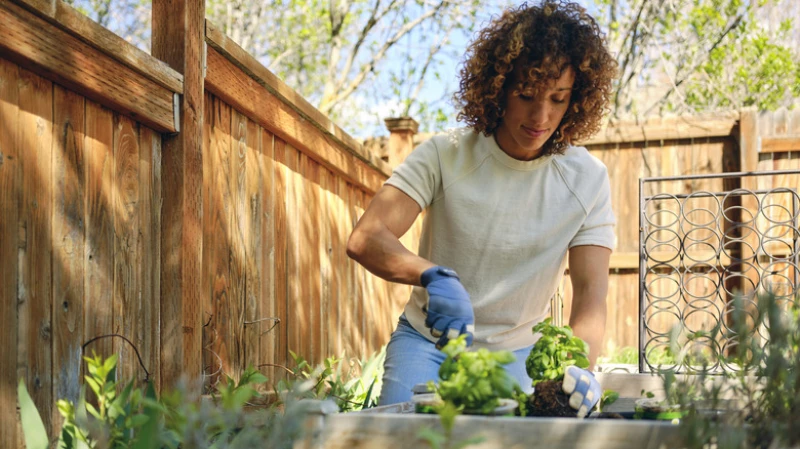Embarking on the journey of growing your own herbs can be a delightful summer pastime, offering the reward of fresh aromatics and culinary exploration. The beauty of this hobby lies in the fact that herbs can thrive outdoors during the summer months, yet they are compact enough to be managed in small containers throughout the year, even in the colder seasons. For individuals with limited space and no access to a yard or balcony, herbs can happily soak up the sun on a windowsill.
Typically, herbs are low-maintenance plants that can be grown from seeds or purchased as seedlings from a local nursery or hardware store. However, it is essential to understand that each herb requires different levels and types of care despite their overall easy maintenance. As a result, it is recommended to keep herbs like basil and sage in separate containers to ensure their individual needs are met.
Consolidating your herbs in a single container might seem like a convenient and visually appealing idea. However, this approach may not lead to thriving plants, especially when it comes to basil and sage. These two herbs have distinct care preferences that may clash when grown together. Basil thrives in warm, moist conditions with ample sunlight, resulting in abundant and large leaves. In contrast, sage prefers drier soil and moderate temperatures. Combining them in one container will inevitably mean compromising the needs of one plant for the other. Therefore, it is advisable to plant basil and sage separately to ensure their optimal growth.
How to care for your basil
Basil is a favored herb for herb gardens or indoor growing, thanks to its widespread use in various cuisines and its ease of cultivation. Each time you trim basil leaves, it sprouts new shoots, leading to a continuous supply of fresh leaves for your culinary endeavors. This herb thrives on a windowsill and can also flourish in garden beds. Regardless of where you plant it, you'll be delighted by its sweet, herbaceous fragrance.
For successful basil growth, ensure you use well-draining soil and select a warm, sunny spot. Basil requires plenty of sunlight and consistently moist soil. Make sure the container has adequate drainage holes to prevent waterlogging of the roots during watering. To promote bushy growth, regularly prune the basil by pinching off the top set of leaves. Additionally, remove any flower buds to maintain the herb's robust flavor and prevent premature wilting.
If you're looking to plant basil with a container companion, consider parsley and chives as excellent alternatives to sage. These herbs not only thrive in the same growing conditions as basil but also complement each other in both appearance and flavor. All three herbs require plenty of sunlight and well-draining soil that is consistently hydrated. By planting them together, you can achieve a harmonious and delicious herb garden.
Enhance Your Garden with Companion Planting
Pairing sage with other herbs or plants that share similar care needs can bring numerous benefits to your garden. Consider combining sage with complementary herbs like rosemary, thyme, and oregano. Not only will these herbs add delightful aromatics and flavors to your garden, but their diverse appearances will also contribute to a visually pleasing display. These plants thrive in comparable conditions, preferring well-draining soil and sunny spots. Just like sage, they are all drought-tolerant and dislike overly moist soil, so allow the soil to dry out between waterings. Whether you plant them together in a single container or arrange them near each other in your garden beds, this companion planting strategy can enhance both the beauty and productivity of your garden.








